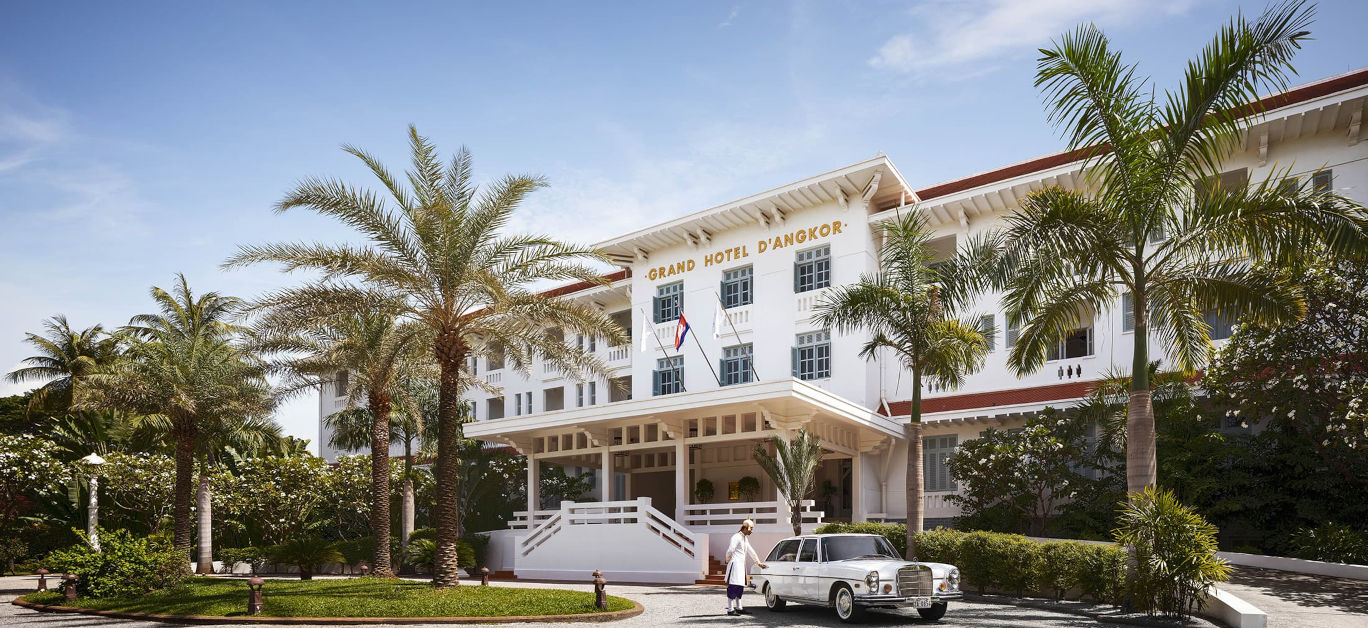Words by Rubina A Khan
The economy of Cambodia has been driven by temple tourism in Siem Reap since 1993 when it opened to international tourism after tumultuous years of political strife and occupation. Thirty years on, Cambodia has blossomed into an attractive tourist destination, just like its national flower, the fragrant three-petalled yellow romduol. The Siem Reap of today is a modern city with improved infrastructure, wide, multi-lane roads and bicycle paths, and is no longer a mere gateway to the cultural and mysterious wonders of the country.
It is a must-visit destination in itself, with a brand new airport, Siem Reap–Angkor International Airport (SAI) that opened on 16th October, 2023, and home to the happiest people in the world. SAI is the largest airport in Cambodia built on 1730 acres of land, 40 kilometres east of Angkor Wat, with a runway measuring 3,600-meters. The old airport, REP, five kilometres away from the Angkor site was retired given its close proximity to the historic temples, as the vibrations from frequent flight activity were believed to be damaging the foundations of the temples.
The most remarkable legacy of the Khmer empire is the ancient archaeological wonder and the largest religious site in the world measuring over 400 acres, the Angkor Wat temple in Siem Reap, Cambodia. A UNESCO world heritage site since 1992, Angkor Wat was built by the Khmer King Suryavarman II, in the first half of the 12th century, as his state temple, and eventual mausoleum. Dedicated to the Hindu God Vishnu, it took approximately 30 years to build.
Angkor Wat transformed into a Buddhist temple towards the end of the century and has been considered a Hindu-Buddhist temple since. It is unimaginable today that the safest way to see the Angkor temples in the 90s was from a military helicopter, because going on foot was dangerous due to landmines and snakes. Out of all 195 countries in the world, Cambodia is the only one that features a building on their flag – the Angkor Wat – symbolising justice, integrity, and heritage. The name Siem Reap means ‘Siam defeated’, signifying the centuries-old conflict between the Siamese (modern day Thai) and the Khmers.
What to do
Temples
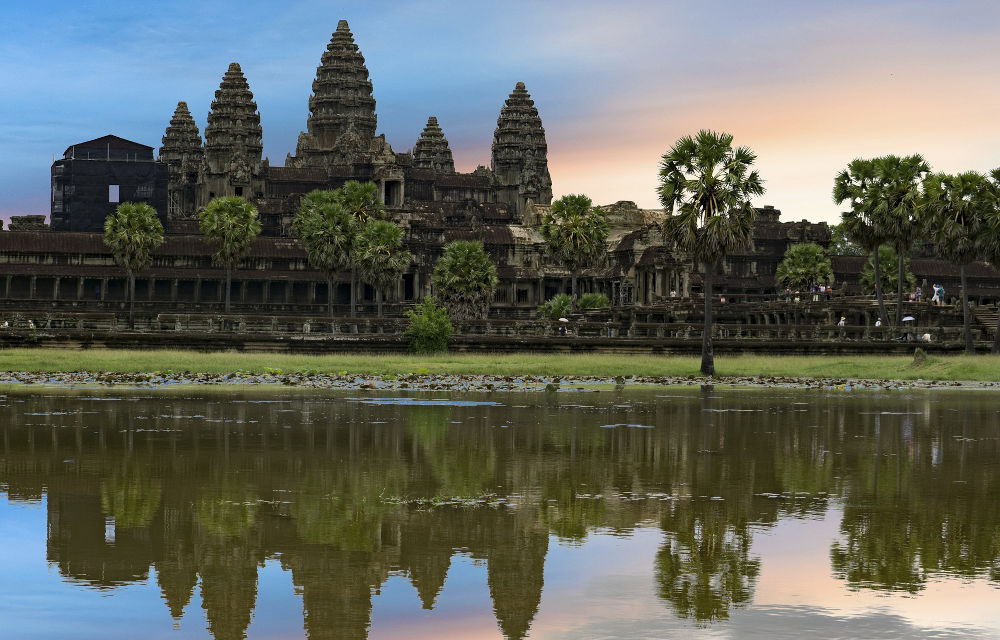
The ancient Angkor temples tell the story of man and religion through the ages. You can feel a divine presence in the Angkor temples, wrapped around ancient trees (Ta Prohm), intricately carved stone faces (Bayon). Friezes of gods, wars and dancing apsaras (Angkor Wat, Preah Khan) depict centuries of kingdom life during the Khmer empire. The stones at Ta Prohm, made famous by the 2001 Angelina Jolie film, Lara Croft: Tomb Raider, appear to have made space for the roots and branches of the trees in a meditative trance.
The Bayon temple is a mesmerising visage of 54 stone towers with 216 ginormous smiling faces of Buddha atop them. The beautiful Banteay Srei and Banteay Samre temples are architectural jewels about 30 minutes by remork from the city centre. My tour guide, Tola, presented me with a four-leaved clover for hope, faith, love and luck at the Banteay Samre temple.
On the way back from Banteay Srei, Preah Dak village is a preferred stop for locals and tourists to buy steamed Palm Cakes, a traditional Khmer dessert from Mrs Chanthou. According to my remork driver and tour guide, both gentlemen named Tola, she makes the most delicious palm cakes in all of Siem Reap. Palm cakes are made from a mixture of palm sugar, palm fruit, rice flour and fresh coconut milk, encased in a banana leaf and steamed. The cake is airy and sweet, sprinkled with desiccated coconut, and a set of nine comes in a reusable box made from woven palm leaves, priced at £2. The sugar palm is the national tree of Cambodia, and it is also on the Khmer Riel currency note.
Restaurants
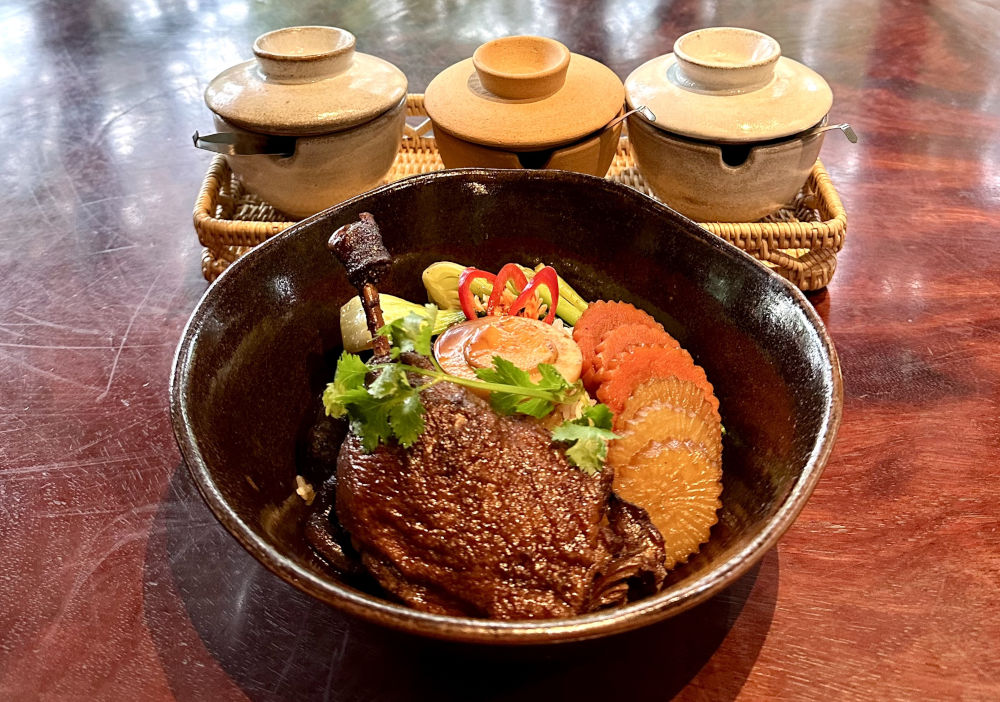
The food in Siem Reap is to fly for! It is fresh, delicious and international, with innumerable vegan options available everywhere, so much so that I almost turned vegan here!
Cambodia is one of the few countries in the world that does not have McDonalds and you will not miss it. Romiet, Banlle, Seed, Little Red Fox Café, 1932, Haven, Trorkuon, Café Angkor, Jomno, Paris Bakery, Brown Coffee, Pou and Elephant Bar are undeniably the best restaurants, cafés and bars to be found in Siem Reap.
The hipster Kampot Pepper and Turmeric and Beetroot Lattes are a great caffeine fix at Little Red Fox Café on Hup Guan Street in Kandal Village, the friendliest little café in Siem Reap. Red Fox catered Angelina Jolie’s directorial film in 2017, First They Killed My Father – a historical drama about survival in the terror times of the Khmer Rouge. It also sells cool merchandise like Red Fox Tees for £8, Khmer Coffee Scrubs at £7 and Blazin Fox Hot Sauce for £5.
The vegan cuisine at Banlle on Street 26 is flavourful and wholesome, with its very own kitchen garden fuelling the plant-based menu with dishes like vegan fish and chips made from banana flowers and seaweed. The Asian, Khmer and international dishes at Haven, meanwhile, are fantastic. Haven is a training restaurant and social enterprise that Sara and Paul Wallimann, a Swiss couple started in December 2011, to create new life prospects for disadvantaged young adults. Eating at Haven, served by staff wearing Love Makes Us Family t-shirts in the open garden, makes you believe that helping definitely tastes better.
The Sago Iced Coffee at Brown Coffee, the place that started the coffee culture in Cambodia, is refreshing and light, as are their cakes, while the tuna sandwiches and Beef Lok Lak Panini at the Heritage Walk Starbucks are authentic to the flavours of the country. Jomno, meaning tidal breeze in Khmer, is a bright and cheery restaurant that serves delicious modern Khmer cuisine, led by chef Seiha Chomnab. Almost everything at Paris Bakery is delectable, especially the chocolatine brownie.
You can also take in an apsara dance dinner at restaurants, or you can go to the Apsara Dance Theatre on Wat Bo Road for a dinner apsara show that is held every Monday, Wednesday and Saturday evening at 7.30pm.
Bars
Street 08, more famously known as Pub Street, is a 100m stretch of road in Siem Reap, glittering with neon lights and teeming with people at sundown. People dine and bar hop at Angkor What?, Paper Tiger and Red Piano on Pub Street on foot as the street is closed off to motor vehicles.
There’s Chinese, Vietnamese, Belgian, Thai, Mexican, Indian and traditional Cambodian food on the street, with draught beer for under a pound. Miss Wong, a cocktail lounge named after a Vladimir Tretchikoff painting, created by New Zealander, Dean Williams, is the go to speakeasy on Street 26 with bars like Laundry, Dialogue and So 26 close by.
Shopping
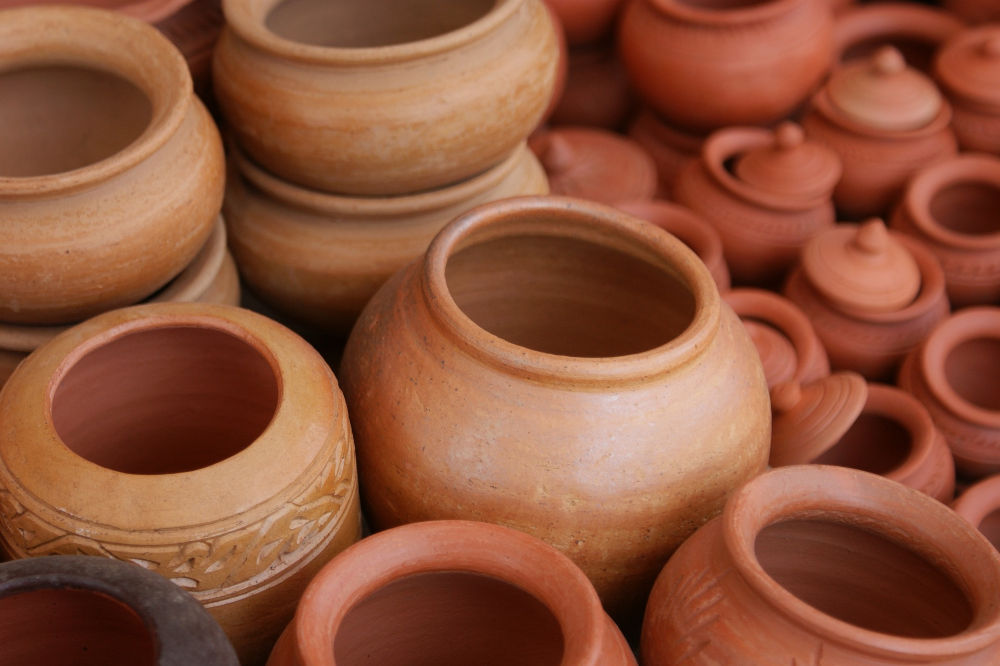
Satu, a concept store on Pokambor Avenue is a great place for all things Cambodian, created by Evi-Elli La Valle and Geoff Greenwood in 2020 to bring locally sourced, ethically minded brands together that do good for Cambodia. Satu sells beautiful things made in Cambodia – espadrilles, bags, clothing, beauty, herbal Kulen gin, baby toys, stationary and more. Satu means small market in Khmer, ‘psaa’ meaning market and ‘tuich’ meaning small.
Kandal Village on Hup Guan street is fabulous for socially conscious shopping with artisanal Cambodian labels. The Lo-yuyu Ceramics factory in Prasat Bakong is about 30 minutes away by remork if you want to buy beautiful ceramics at wholesale prices. The bold and robust Khmer Coffee Blend from Feel Good Coffee costs about £18 per kilogram and local gins like Seekers, Elephant Bar (Raffles) and Herbal Kulen enjoy immense popularity and make for great buys in Siem Reap.
Chocolate
WAT Chocolate on Angkor Night Market Street is the first Cambodian chocolatier in the country since 2019. Made from Mondulkiri cacao beans, in a bean-to-bar artisanal factory in Siem Reap, each bar is deliciously dark – spiked with kampot pepper, kaffir lime, bird chilli, pandan and galangal.
The minibar in my Raffles Grand Hotel d’Angkor room had WAT chocolate bars that led me to visit their factory to see how the chocolate was made. Between 2-5pm every day, except Sunday, WAT Chocolate offers an hour-long factory tour, priced at £4.50 pp (free for kids) in Khmer, English and French. The best part of the tour is the tasting process, of course. Their orange candied chocolate barks are made from the remains of juiced orange rinds collected from hotels in Siem Reap.
The WAT bars come in 21 flavours, and range from 65% with 35% sugar to 100% dark chocolate with no sugar and the vegan and cashew milk bars range from 46% to 49%. Some of their products are palm-free, gluten-free, dairy-free, soy-free and vegan, and they also make cacao butter, cacao powder, ice creams and chocolate spreads.
Phare Circus
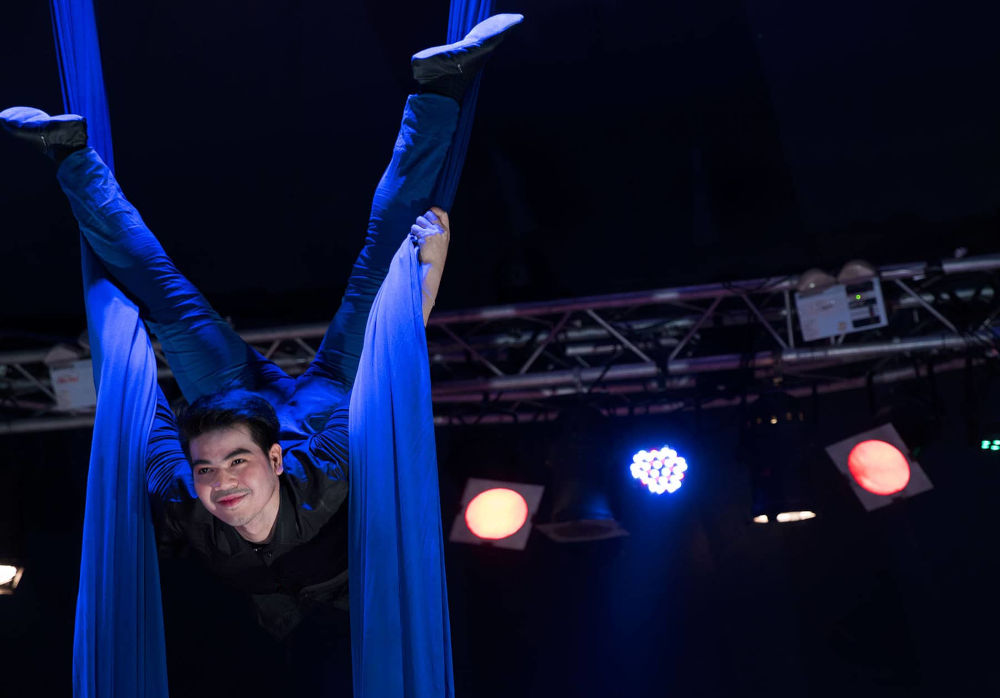
A visit to the Phare Circus will blow your mind to the raw performing talent in the country, and has nothing to do with animals, it’s about human artistry at its best. Phare (pronounced ‘far’) Circus is a show where students of the Performing Arts School in Battambang use theatre, music, dance and modern circus arts to tell historical, folk and modern Cambodian stories.
Phare Ponleu Selpak – meaning the ‘brightness of the arts’ in Khmer – is a non-profit arts and circus school located in Battambang, Cambodia that empowers children, youth, and communities through artistic, educational, and social support programmes. You will find Cambodian street food here like banana fritters, kralan (sticky rice filled inside a bamboo) noodles with iced coffee, lok lak, amok, nom kruk priced upwards of £1, Angkor beer and a cocktail bar for cocktails.
The Phare boutique sells locally produced crafts and souvenirs like a wooden ibis, the national bird of Cambodia and the Cambodian krama scarf till the big top opens for seating at 7.30pm as the live show starts at 8pm. To say it was one of the most impressive and humorous acts I have ever seen is an understatement and a disservice to the talented and agile performers of Phare. You cannot not love it, just like Hollywood greats, Harrison Ford and Leonardo Di Caprio did, as Phare’s Craig Dodge told me.
Phare Circus is open every day from 5.30pm to 9pm and each ticket purchased, priced from £15 upwards, supports Phare Ponleu Selpak’s mission to provide free arts education programmes to children and young adults in Cambodia.
Where to stay
Three luxury hotels are bringing about change in Siem Reap with a steadfast, mindful and green conscience approach towards climate and community – Jaya House River Park, Treeline Urban Resort and the Raffles Grand Hotel D’Angkor. They are doing more than just eliminating plastic bottles from the rooms by working with the community and bettering it, in the belief that tourism is as conducive as it is imperative to the ethical, fiscal and sustainable growth and development in Cambodia. All three hotels are an hour’s drive away by car from SAI airport.
Jaya House River Park
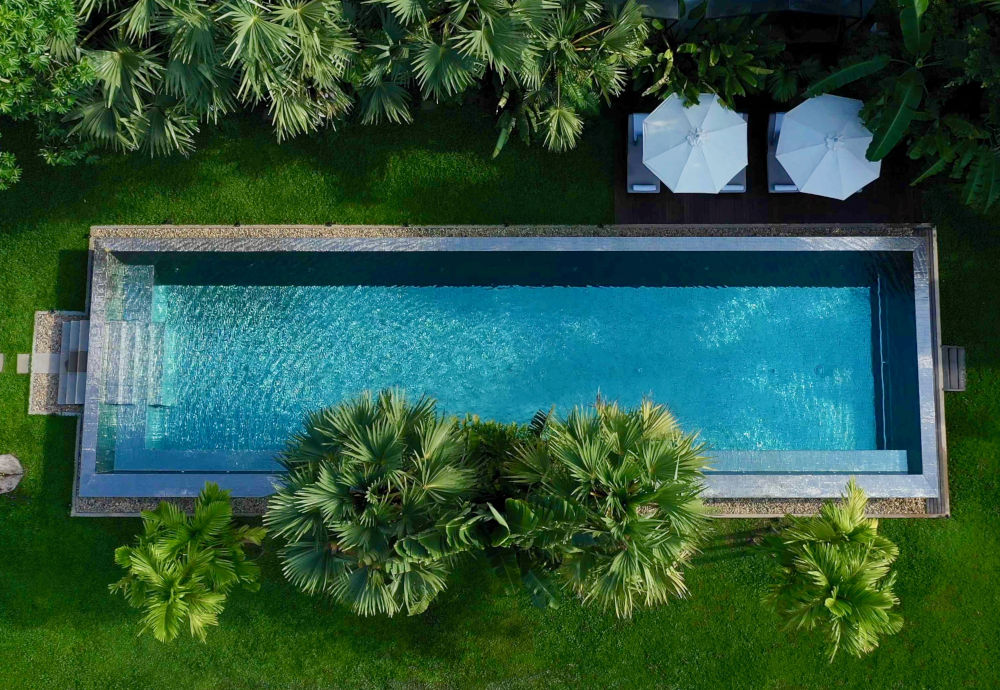
This hotel is where you can centre yourself with the luxury of time where everything is taken care of for you, in its verdant surrounds along the Siem Reap river. Instead of passport verifications and mundane check-in procedures that are anything but luxurious, you are handed a cell phone to use during your stay, and told about the complimentary additions that come with the room, and there are many. Every room comes with complimentary remorks / tuktuks (wheelchair accessible) to town from 7am to 10pm, a minibar, poolside ice cream and treats, laundry and a 60-minute spa session every day, with breakfast of course.
Jaya House is Cambodia’s first single-use plastic-free hotel, brought into effect by the managing director of the hotel, Christian de Boer. And De Boer, a brand ambassador for all things Cambodian and community, is ever-so helpful and generous with all his guests. With a sincere approach towards the local Khmer people and the earth, Jaya House leads the way forward by example in its pro-climate activism having planted more than 2,000 trees native to Cambodia in public areas of Siem Reap. The tree planting initiative started in 2016, in the hope of educating people on the importance of trees and their benefits in combating climate change.
Jaya House’s 36 rooms are spacious with each having little sit-outs, garden lookouts or balconies, with access to two beautiful swimming pools on the lush grounds. The quiet rooms are a real luxury, and make for restful sleep on comfortable beds with pristine linens. The natural stone bathtubs are in line with the green luxury ethos of the hotel as are the Jaya Organics amenities that can be purchased. Jaya Organics is a line of natural beauty products made in Siem Reap, that are luxurious, vegan, sulphate and paraben free. The nurturing hand wash with vanilla, bergamot and aloe vera, the relaxing blend kampot bath salts with vanilla and sandalwood, and their natural mosquito repellent, all in 99% glass packaging, are excellent.
The vintage black dial telephone is quaint, but of modern importance when ordering room service Cambodian coffee at 3.30am for a temple run that comes in under a minute to your room. The hotel’s design speaks to green luxury with a social conscience in every aspect of the build and landscape.
The hotel’s only restaurant Trorkuon Khmer serves breakfast, lunch and dinner, and is open to non-residents, too. The first meal I had in Siem Reap was a hearty Khmer curry with vegetables, chicken, butterfly pea flowers and brown rice. The smashed avocado with pistachio dukkah on toasted nut bread and the beef kwi tiev, a Khmer breakfast noodle soup with vegetables, are delicious here.
At the spa, skilled therapists like Vannak working on you with oils from their Jaya Organics range make the spa unmissable every day. The service at Jaya House is friendly and exemplary in all areas, with Tola, Pak and Krem being clear favourites.
Factbox
Rooms can be booked from £221 pppn.
Address: River Rd, Krong Siem Reap, Cambodia
Phone: +855 63 962 555
Email: reservations@jayahouseriverpark.com
Website: jayahouseriverparksiemreap.com
Treeline Urban Resort
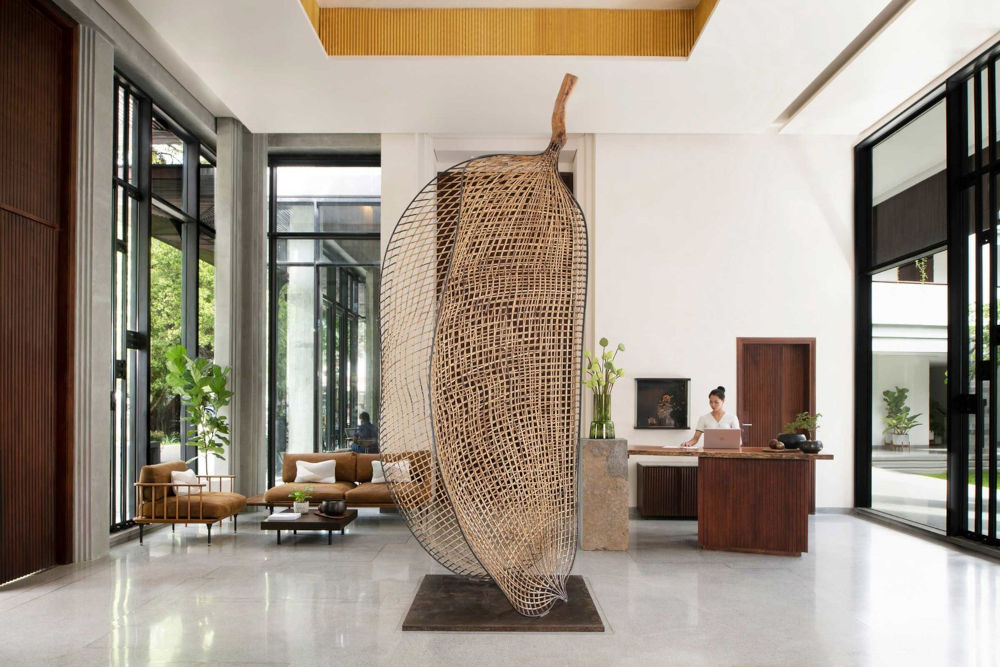
This is a privately-owned green luxury hotel, minimalistic in design, but maximalist in sensory and visual appeal. The discreet signage of the hotel on a tree, the roots of which caress a smiling Buddha face in stone, is the first natural work of art you see. Then you go on to see the seed pod in the lobby by artist Pich Sopheap and the Cosmic Wheel in the courtyard that speaks of the hotel’s quintessence and affinity towards the arts.
The contemporary living artworks at Treeline are rooted in Cambodia and its natural environs, desirous of leaving things better than when they found them. Treeline uses solar energy to heat water, and donates used cooking oil to Naga Earth that makes biodiesel from the oil, buying back the biodiesel for use in the hotel. The art gallery and courtyard space is open and free for the public to view the exhibitions held at Treeline. The hotel’s bicycles are available for complementary use to go anywhere you want in the city.
The tranquil earth tone interiors of the 48-room hotel designed by Cambodian architect Hok Kang are made from native timber, stone and handmade soft furnishings from Cambodia. The hanging installations and sculptures by Cambodian architect and visual artist Thang Sothea, are arresting, adding to the artistic allure of the rooms and Treeline’s public spaces. Sothea’s works, made from natural materials like copper, hemp and palm leaves, are breath-taking, in particular the Angkor Wat Apsara installation in the spa. The harmonious quietude within the easy-luxury rooms allow reflective time-outs from the outside world, in the ivory stone bath tubs and the tree-canopied balconies with little elephant sculptures looking on. The artifacts in the rooms are available to purchase, as are the elephants.
The hotel has four restaurants, Seed (breakfast), Romiet (meaning turmeric in Khmer), Canopy Bar on the rooftop by the saltwater pool, and Brown Coffee Treeline, which shares the building space next door. Treeline’s Seed, Romiet and Canopy Bar are led ably by culinary artist, chef Chantrea Roathvita. I love Roathvita’s re-imagined regional Khmer and plant-based dishes like the duck noodle soup with fresh rice noodles and duck liver wontons in a duck broth, braised duck leg with rice, the coconut rice dumplings, nom krouk, with carrot ketchup and the vegan bangers and mash – his food is world-class, as are the restaurants, Romiet and Seed.
The Suri Spa’s hot stone compress massage therapy with Leta is the best in the world. The Khmer dry massage is strong, focusing on your back for relaxation, unlike the dry Thai massage that focuses on your legs and yoga stretches for the same.
Everyone at Treeline is a star, including general manager Joni Aker, food and beverage manager Sochea Khum, Romiet server Luoey, Rothmonei from the front office and spa manager, Theavy.
Factbox
Rooms can be booked from £200 pppn.
Address: Achasva Street Wat Bo Village, Krong Siem Reap, Cambodia.
Phone: +855 63 961 234
Email: book@treelinehotels.com
Website: treelinehotels.com
Raffles Grand Hotel D’Angkor
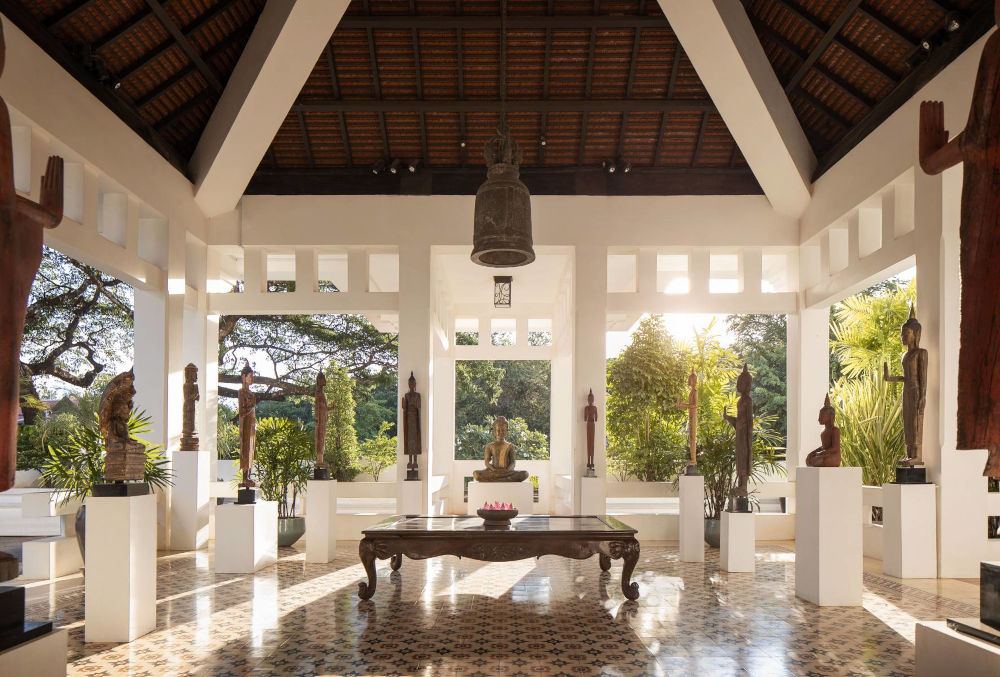
This historic hotel is the keeper of Cambodia’s colonial past since it came into being in 1932. The Grand Hotel as it was then called, had unobstructed, clear views of the Angkor Wat temples eight kilometres away in those days. Built in the French Art Deco style on 15 acres of land, in the French Quarter of the city, the hotel faces the Royal Residence of the Cambodian monarch, King Norodom Sihamoni, when he’s in Siem Reap. Only 500 metres away, the hotel is akin to having a royal address by travellers in their Angkorian adventures.
The hotel has restored and landscaped the beautiful park that extends from the hotel to the main road, as also the 1928 Art Deco bridge that spans the Siem Reap river.
The design of the rooms is nostalgic of a time gone by, with hardwood floors, monochromatic photo art on the walls, faux antiques like gold landline telephones and desk lamps, majestic four poster beds, and white curtains swaying to the breeze from the wooden fans on the open balcony. Having a cup of Cambodian coffee, looking at the dancing waters of the pool glistening under the summer sun from the balcony is the beginning of a fantastic morning in a modern, yet vintage hotel. And there’s always Khmer sweets and WAT chocolate in the room to make the day even sweeter.
The traditional Khmer food at 1932 is excellent! 1932 is the only restaurant in Siem Reap where you can experience dishes served only to the Khmer kings and queens in the times of the empire, paired with over 400 vintage wines in the cellar by 1932’s sommelier, Socheata.
The original recipes, handed down by generations of royal chefs, have been gifted to the hotel by royal decree. The lotus leaf steamed duck breast (khnop tear) with lemongrass, ginger, coriander, Khmer spices and rice and the grilled banana blossom are as royal and delicious as they sound. The fragrant herbs and spices used in these dishes are procured from the kitchen garden on the grounds of the Raffles hotel.
Champagne breakfasts at Café Angkor with Kampuchea noodle soup and Khmer fried rice are even better with sweet bean flour cakes wrapped in banana leaf. The Elephant Bar bar is busy every night with Angkor Slings and Airavata cocktails, not to mention Happy Hours, Ladies’ Night on Thursdays and Éclair High Tea on Saturday afternoons that are enjoyed in The Conservatory.
A spa session at the Raffles spa feels even more relaxing after a long bike ride on one of the hotel’s Bambikes. Bambikes are handmade from bamboo, which is versatile as a material given it is sustainable, strong and rigid, yet light and flexible. It also absorbs shocks and bumps on the roads without the need for suspension, for a more comfortable and smoother ride.
Cedrick Ragel’s sincerity and thoughtfulness makes him the brightest star at Raffles Siem Reap – he turned historian for the day, walking me through the hotel’s history as the resident historian was unavailable during that time. And, Chhoeum from the front desk is extremely charming and helpful, as was the vintage Mercedes driver. Charming is always luxurious!
Factbox
Rooms can be booked from £321 pppn.
Address: Khum, 1 Vithei, Charles De Gaulle, 17251, Cambodia.
Phone: +855 63 963 888
Email: bookus.siemreap@raffles.com
Website: rafflessiemreap.com












